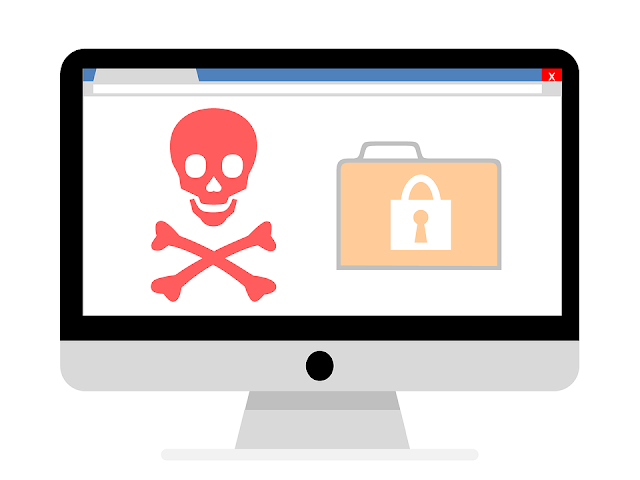In recent cybersecurity developments, hackers have been leveraging a critical vulnerability within the LiteSpeed Cache plugin for WordPress to exploit websites running outdated versions. LiteSpeed Cache, a popular caching plugin utilized by over five million WordPress sites, is designed to enhance page load times, improve user experience, and boost search engine rankings.
However, security experts at Automattic's security team, WPScan, have observed a significant increase in malicious activities targeting WordPress sites with versions of the LiteSpeed Cache plugin older than 5.7.0.1.
The vulnerability in question, tracked as CVE-2023-40000, is a high-severity unauthenticated cross-site scripting flaw.
Attackers are taking advantage of this vulnerability to inject malicious JavaScript code into critical WordPress files or the database of vulnerable websites. By doing so, they are able to create administrator-level user accounts with specific names like 'wpsupp-user' or 'wp-configuser.' Additionally, the presence of certain strings, such as "eval(atob(Strings.fromCharCode," within the database, serves as an indicator of an ongoing compromise.
Despite efforts by many LiteSpeed Cache users to update to newer, non-vulnerable versions, an alarming number of sites—up to 1,835,000—still operate on outdated releases, leaving them susceptible to exploitation.
In a separate incident, hackers have turned their attention to another WordPress plugin called "Email Subscribers," exploiting a critical SQL injection vulnerability, CVE-2024-2876.
This vulnerability, affecting plugin versions 5.7.14 and older, allows attackers to execute unauthorized queries on databases, thereby creating new administrator accounts on vulnerable WordPress sites.
Although "Email Subscribers" boasts a significantly lower number of active installations compared to LiteSpeed Cache, with approximately 90,000, the observed attacks highlight the opportunistic nature of cybercriminals.
To address these threats effectively, WordPress site administrators are urged to promptly update plugins to the latest versions, remove unnecessary components, and remain vigilant for signs of suspicious activity, such as the sudden creation of new admin accounts. In the event of a confirmed breach, comprehensive cleanup measures are essential, including the deletion of rogue accounts, password resets for all existing accounts, and the restoration of clean backups for both the database and site files.
By staying proactive and implementing robust security practices, website owners can minimize the risk of falling victim to such malicious activities and safeguard their online assets effectively.








